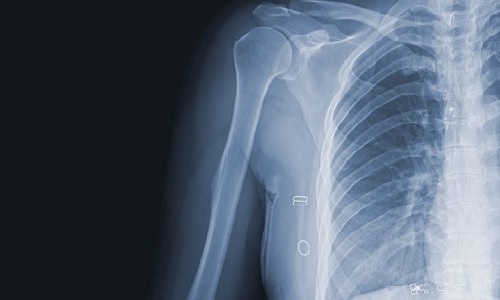Washington (ISJ) – Every second cancer patients roughly receive radiation therapy — a treatment that uses electrically charged particles to kill cancer cells. Although radiotherapy beams are aimed directly at the tumour, surrounding healthy tissue can be damaged. Bone damage, for example, affects about 75 percent of patients receiving radiation.
Materials science engineers Melanie Coathup and Sudipta Seal of the University of Central Florida in the United States have designed an artificial enzyme, a cerium oxide nanoparticle, that protects bones against damage from radiation. The enzyme has also shown abilities to improve bone regeneration, reduce loss of blood cells and help kill cancer cells.
Their study, a collaboration with Oakland University, North Carolina A&T University, the University of Sheffield, and the University of Huddersfield, is published in the journal Bioactive Materials.
The body's natural defence against radiation is a group of enzymes called antioxidants, but this defence system gets easily overwhelmed by radiation and on its own cannot protect the body from damage. Seal designed the nanoparticles which mimic the activity of these antioxidants and have a stronger defence mechanism in protecting cells against DNA damage.
The study also showed that the treatment helped kill cancer cells, possibly due to increased acidity, and protected against the loss of white and red blood cells. A low white and red blood cell count means the patient is more susceptible to opportunistic infection, less able to fight cancer, and is more fatigued. Another finding is that the nanoparticle enhanced healthy cells' ability to produce more antioxidants, reducing inflammation, and promoting bone formation.
Future research will seek to determine appropriate dosage and administration of the nanoparticle and further explore how it helps to kill cancer cells. The researchers will focus their studies in the context of breast cancer, as women are more susceptible to bone damage than men.
Source: US National Science Foundation
Image Credit: US National Science Foundation


